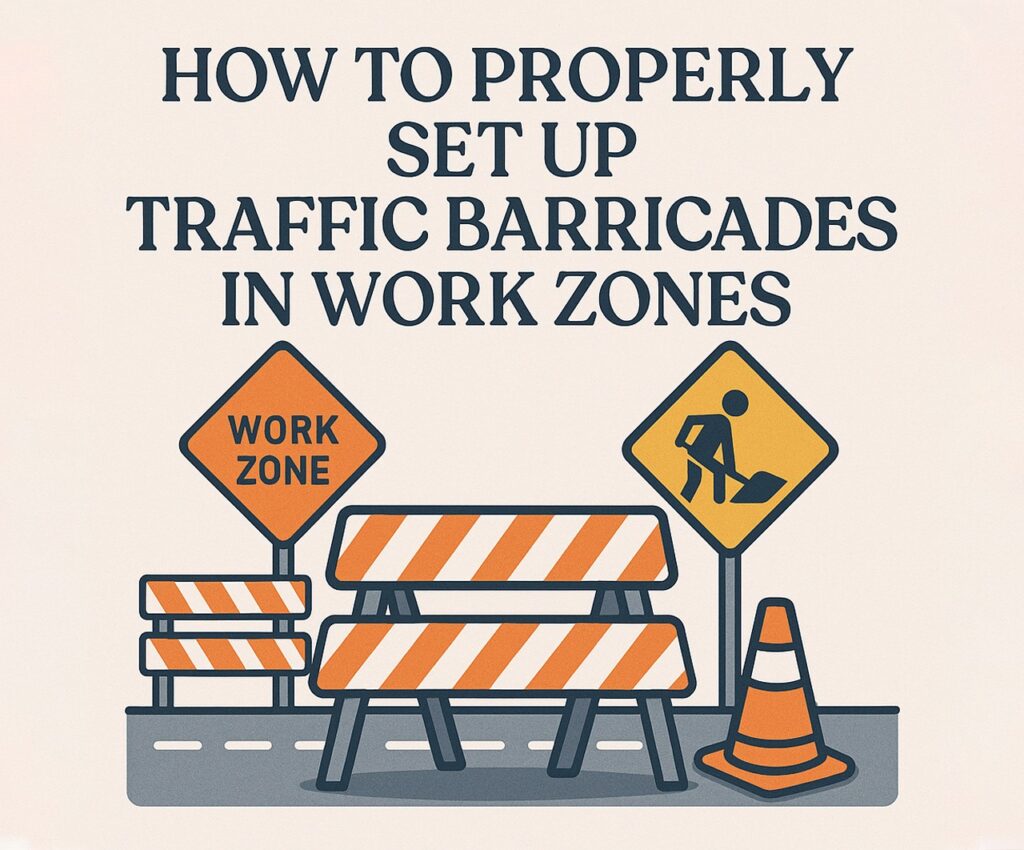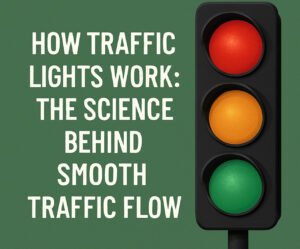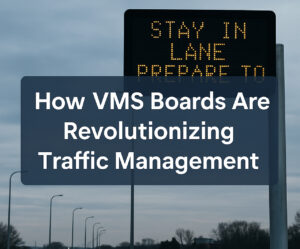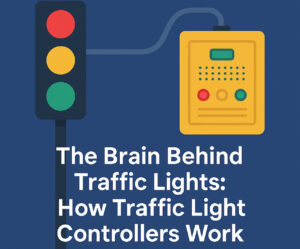When it comes to safety and order in construction areas, setting up barricades traffic control, sourcing the right traffic barricades for sale, and understanding how to position a frame traffic barricades correctly are essential steps. Work zones can be chaotic and dangerous, especially on active roadways, but with the right barricade strategy, risks can be dramatically reduced. This guide walks through everything you need to know to properly set up traffic barricades for maximum effectiveness and safety. Know more..
Why Work Zone Barricades Matter
Traffic barricades are more than just barriers—they’re essential safety tools. Their job is to alert, guide, and protect both workers and road users. When properly used, barricades traffic control helps prevent accidents, reduce confusion, and maintain smooth traffic flow around hazardous areas.
Not all barricades are created equal. Choosing between cone-style, vertical panels, drums, or a frame traffic barricades depends on the type of work zone, road conditions, and the duration of the project. Additionally, sourcing high-quality traffic barricades for sale ensures you’re using products that meet safety standards and will stand up to weather and wear.
Step 1: Assess the Work Zone Area
Before setting up anything, conduct a site analysis. Ask:
- Where is the work happening?
- What lanes need closing?
- Are pedestrian routes affected?
- Is night visibility a concern?
The layout and duration of the zone will influence how many a frame traffic barricades or other types you’ll need. Take note of traffic speed, lighting, and visibility.
Step 2: Choose the Right Barricades
The MUTCD (Manual on Uniform Traffic Control Devices) categorizes barricades into Types I, II, and III:
- Type I & II: Often used for urban areas or short-term work zones.
- Type III: Larger and more robust, suitable for road closures.
A frame traffic barricades are popular for temporary closures due to their portability and visibility. When looking for durable options, explore traffic barricades for sale that offer high-intensity reflective sheeting and rugged construction.
Step 3: Plan Your Layout
Use your site assessment to draw a clear barricade plan. Include:
- Entry and exit points
- Taper lengths for lane shifts
- Detour routing
- Flagging positions if required
Align the plan with local regulations and traffic volume. Proper barricades traffic control should ensure clear transitions and prevent sudden driver maneuvers. Your goal is to warn early, guide clearly, and separate work from traffic efficiently.
Step 4: Setup Execution
Start placing barricades during low traffic periods if possible. Use cones or signs first to alert motorists about the upcoming setup process. Then begin installing:
- Advance Warning Signs: Set these well before the work zone starts.
- Tapers: Create gradual tapers with cones or barricades to shift traffic.
- Buffer Zones: These are empty spaces between traffic and workers.
- Work Area Barricades: Use a frame traffic barricades or similar to define the workspace.
Make sure each barricades traffic control unit is properly oriented with the reflective side facing traffic. Incorrect placement reduces effectiveness and increases danger.
Step 5: Lighting and Reflectivity
Work zones often operate at night or in poor weather. It’s essential to use barricades with reflective sheeting. Some traffic barricades for sale come with integrated lights or allow for light attachments.
- Use amber flashing lights for caution.
- Solar-powered lights are a great option for long-term projects.
- Ensure lights are checked daily for function.
If using a frame traffic barricades, verify the reflectivity meets local standards, especially for nighttime visibility. Never underestimate the value of good lighting in accident prevention.
Step 6: Regular Inspection and Maintenance
Once your barricades traffic control setup is active, keep it that way. Inspect the area regularly:
- Are any barricades knocked down?
- Are lights still functional?
- Has weather or traffic displaced any elements?
Repairs or adjustments should be made immediately. A disorganized barricade setup can lead to more danger than none at all.
Step 7: Break Down Safely
When the project is over, don’t rush the takedown. Use cones and signs to alert drivers again. Start from the farthest warning signs and taper zones, gradually removing a frame traffic barricades and other elements in reverse order of setup.
Make sure workers wear high-visibility gear and that all equipment is accounted for. The goal is to return traffic flow to normal without any surprises.
Common Mistakes to Avoid
- Too Few Barricades: Skimping on barricades leaves gaps that confuse drivers.
- Poor Reflectivity: Especially dangerous at night. Only purchase high-grade traffic barricades for sale.
- Incorrect Spacing: Barricades should be evenly spaced to ensure consistent visibility.
- Improper Alignment: Each unit must face traffic correctly with its reflective surface.
Where to Find the Best Traffic Barricades for Sale
Don’t compromise on quality. The safety of your crew and the public depends on using durable, compliant equipment. Search for traffic barricades for sale from certified manufacturers. Look for features like:
- Weather-resistant materials
- High-intensity reflective panels
- Quick setup design (like folding a frame traffic barricades)
- Compatibility with warning lights
Whether you’re handling a short-term urban project or a long-term highway expansion, the right products make setup faster and safer.
Benefits of Using A Frame Traffic Barricades
A frame traffic barricades offer a versatile solution:
- Lightweight and portable
- Easy to stack and store
- Ideal for sidewalk closures and pedestrian redirection
- Reusable for multiple projects
They’re especially useful for municipal work and event-based road closures. Their design allows for quick deployment and removal, reducing labor costs and response times.
Going Beyond Barricades: Full Traffic Control Plans
Proper barricades traffic control isn’t just about placing plastic barriers. It should be part of a full traffic management strategy that includes:
- Flaggers or temporary signals
- Detour routes
- Communication with local authorities
- Public notifications
This holistic approach ensures that your setup aligns with safety regulations and meets community expectations.
Conclusion
Setting up traffic barricades in work zones isn’t just about safety—it’s about responsibility. From selecting the right traffic barricades for sale, understanding how to deploy a frame traffic barricades, and ensuring your entire barricades traffic control strategy is up to code, every step matters.
With careful planning, proper equipment, and routine maintenance, your work zone can operate safely and efficiently. Invest in quality barricades, stick to best practices, and protect the people on both sides of the barrier.





